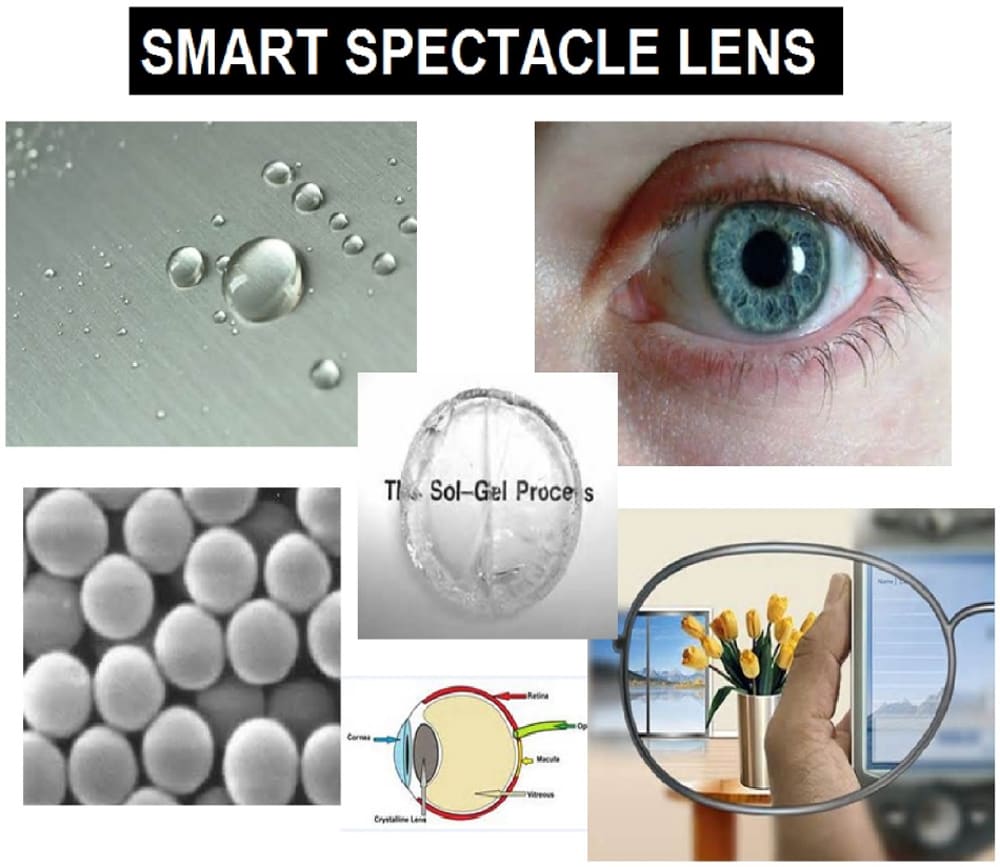The eye is designed to allow one to focus at different distances. It does this by reshaping its own internal lens and hence changing its power. The lens are attached to a muscle. To see the nearby object, contraction of the ciliary muscle will make the lens thicker and more curved, and thereby decreases it’s focal length. To see distance object clearly, the muscle relaxes to the decreases the curvature of the lens and thereby increases its focal length . The process is called accommodation.
To focus for close objects, the lens needed to be made fatter to provide more power. In a young person the lens are very soft and jelly like and easy to reshape. Throughout our lives, the lens gradually harden. This process speeds up in early middle age until by the mid-late forties it has become so hard that the muscle cannot easily re-shape it. At this point spectacles must be used to provide the focusing power that the eye can no longer provide itself. Nonetheless wearing a new purchased eyeglasses cannot resolve the lifetime vision problem as the power of accommodation continue to decline with time and age. Those who are myopic (nearsighted) or hypemetropic (farsighted) for instance will find that they may need further correction for better vision at later time of their life. It also common that myopic eye become hyperopic when aged which render one to have to change the type of eyeglasses.
Soon, there will be a smart spectacle embedded with micro smart sensor mounted on the frame that able to determine the refraction characteristics and automatically adjust the focal length and refractive power of the spectacle lens to focus the images onto the retina. As conventional multiple lens for variable focal length is heavy and cumbersome, the lenses use partially hydrolyzed polymeric transparent sol-gel for light focusing. The curvature of the lenses are varied as a function of the volumetric change of the gel, which is in turn governed by the application of the electrical field across the gel. Manifestation of competition of the positive hydrogen ions and negative polymer-polymer affinity contributes to the variety of osmotic pressure in the gel. The rubbery like elastic gel then deforms to create a curvature profile corresponding to the osmotic pressure profile. By this sustainable focal length variance technology, spectacle wearer no need to give extra expenditure anymore to change their lens which are out of the focus after certain period of time.
Like this entry?
-
About the Entrant
- Name:Chin Siew Kheong
- Type of entry:individual
- Patent status:none

